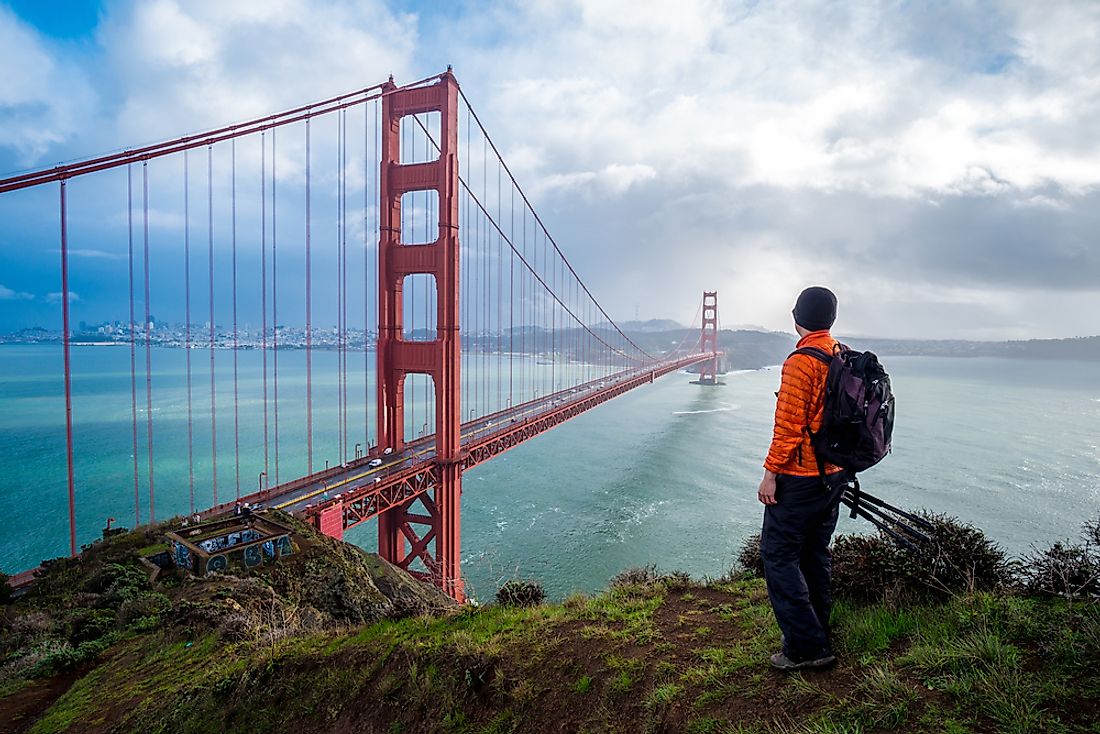Top travel destinations in the US offer a diverse range of experiences, from bustling cityscapes to breathtaking national parks. Whether you crave the vibrant energy of New York City, the sun-drenched beaches of Florida, the majestic mountains of the West, or the historical charm of the South, the United States caters to every traveler’s taste. This exploration delves into the best locations across the country, categorized by region, interest, and unique characteristics, highlighting both well-known hotspots and hidden gems waiting to be discovered. We’ll compare major cities, explore stunning national parks, and offer practical travel tips to ensure your American adventure is unforgettable.
From the iconic skyscrapers of New York to the serene landscapes of Yosemite, this guide provides a comprehensive overview of the best places to visit in the US, catering to various interests and travel styles. We’ll explore diverse options, including bustling city life, historical landmarks, natural wonders, and off-the-beaten-path adventures, offering valuable insights to help you plan your perfect American getaway.
Travel Tips and Considerations
Planning a US adventure requires careful consideration of several factors to ensure a smooth and enjoyable trip. This section provides practical tips for navigating transportation, accommodation, budgeting, and determining the optimal time to visit various regions, enhancing your overall travel experience.
Transportation
Efficient and cost-effective transportation is crucial for exploring the diverse landscapes of the United States. Options vary widely depending on your destination and travel style. Consider these factors:
- Flights: Domestic flights are generally readily available and affordable, especially when booked in advance. Consider budget airlines for cost savings, but be aware of potential extra fees for baggage or seat selection. Websites like Kayak or Google Flights can help you compare prices and find the best deals.
- Rental Cars: Exploring national parks and less accessible areas often requires a rental car. Compare prices from different rental companies and factor in insurance costs. Be aware of potential surcharges for young drivers or one-way rentals.
- Trains: Amtrak provides a scenic and comfortable way to travel between many major cities. While potentially slower than flying, train travel offers a relaxing alternative and allows for enjoying the views.
- Public Transportation: Major cities boast extensive public transportation systems, including buses, subways, and trams. Purchasing a multi-day pass can often save money compared to individual fares.
Accommodation
Choosing the right accommodation significantly impacts your travel budget and overall experience.
- Hotels: A wide range of hotels cater to different budgets and preferences, from budget-friendly chains to luxury resorts. Booking in advance, especially during peak season, is recommended to secure the best rates and availability.
- Vacation Rentals: Platforms like Airbnb and VRBO offer a variety of vacation rentals, including apartments, houses, and cabins. These can be a cost-effective option for families or groups, often providing more space and amenities than a hotel room.
- Hostels: Hostels are a budget-friendly choice for solo travelers or backpackers, offering dormitory-style rooms and private rooms at varying price points.
Budgeting
Creating a realistic budget is essential for a stress-free trip.
- Flights and Transportation: Allocate a significant portion of your budget to flights and other transportation costs, considering potential price fluctuations.
- Accommodation: Factor in the cost of your chosen accommodation, considering nightly rates and potential extra fees.
- Activities and Entrance Fees: Research the cost of attractions, tours, and activities you plan to participate in, and allocate funds accordingly.
- Food and Drink: Estimate your daily food and beverage expenses, considering dining out versus self-catering options.
- Miscellaneous Expenses: Include a buffer for unexpected expenses, such as souvenirs, tips, and potential emergencies.
Best Time to Visit
The ideal time to visit a particular region depends on weather preferences and potential crowds.
- National Parks (e.g., Yellowstone, Yosemite): Summer offers the best weather for hiking and outdoor activities, but expect larger crowds. Spring and fall provide pleasant temperatures with fewer visitors.
- Coastal Cities (e.g., San Francisco, Miami): Summer can be hot and humid in many coastal areas. Spring and fall generally offer comfortable temperatures and fewer crowds.
- Mountain Regions (e.g., Rockies, Appalachians): Summer is ideal for hiking and other outdoor pursuits, but winter brings opportunities for skiing and snowboarding.
Final Conclusion
Exploring the top travel destinations in the US reveals a country of astonishing diversity and unparalleled beauty. Whether you seek the thrill of urban exploration, the tranquility of nature, or the richness of history and culture, the United States has something to offer every traveler. Remember to plan ahead, considering factors like transportation, accommodation, and the best time to visit your chosen destination. With careful preparation, your journey across this vast and captivating nation promises to be an enriching and memorable experience.




